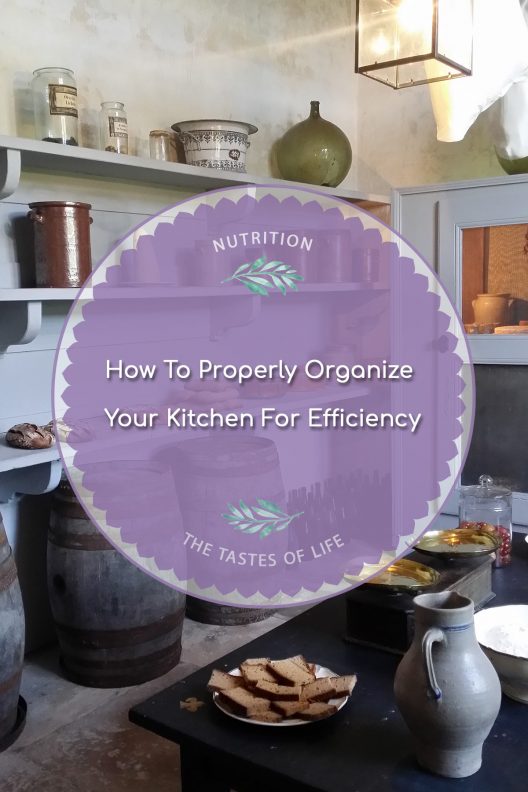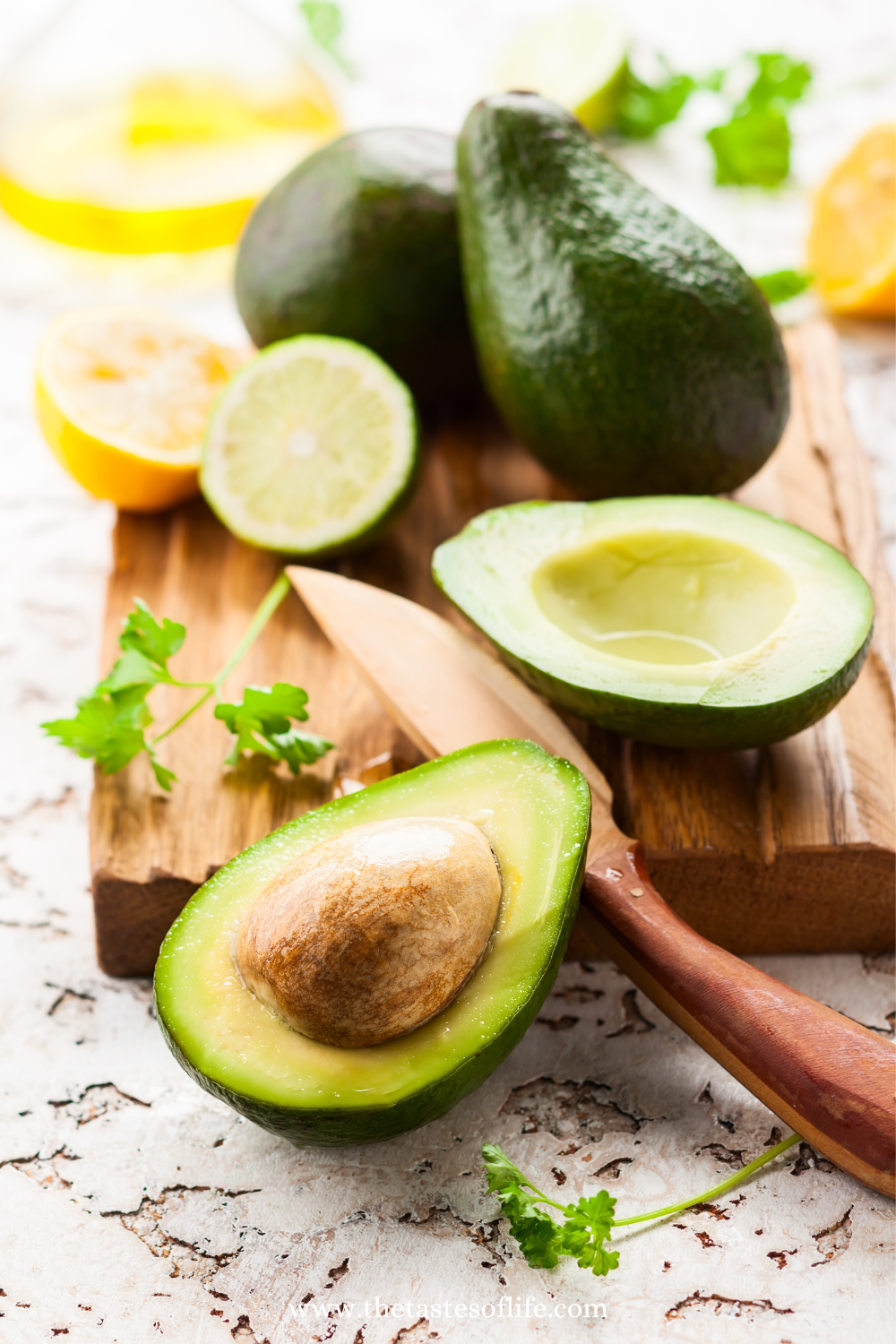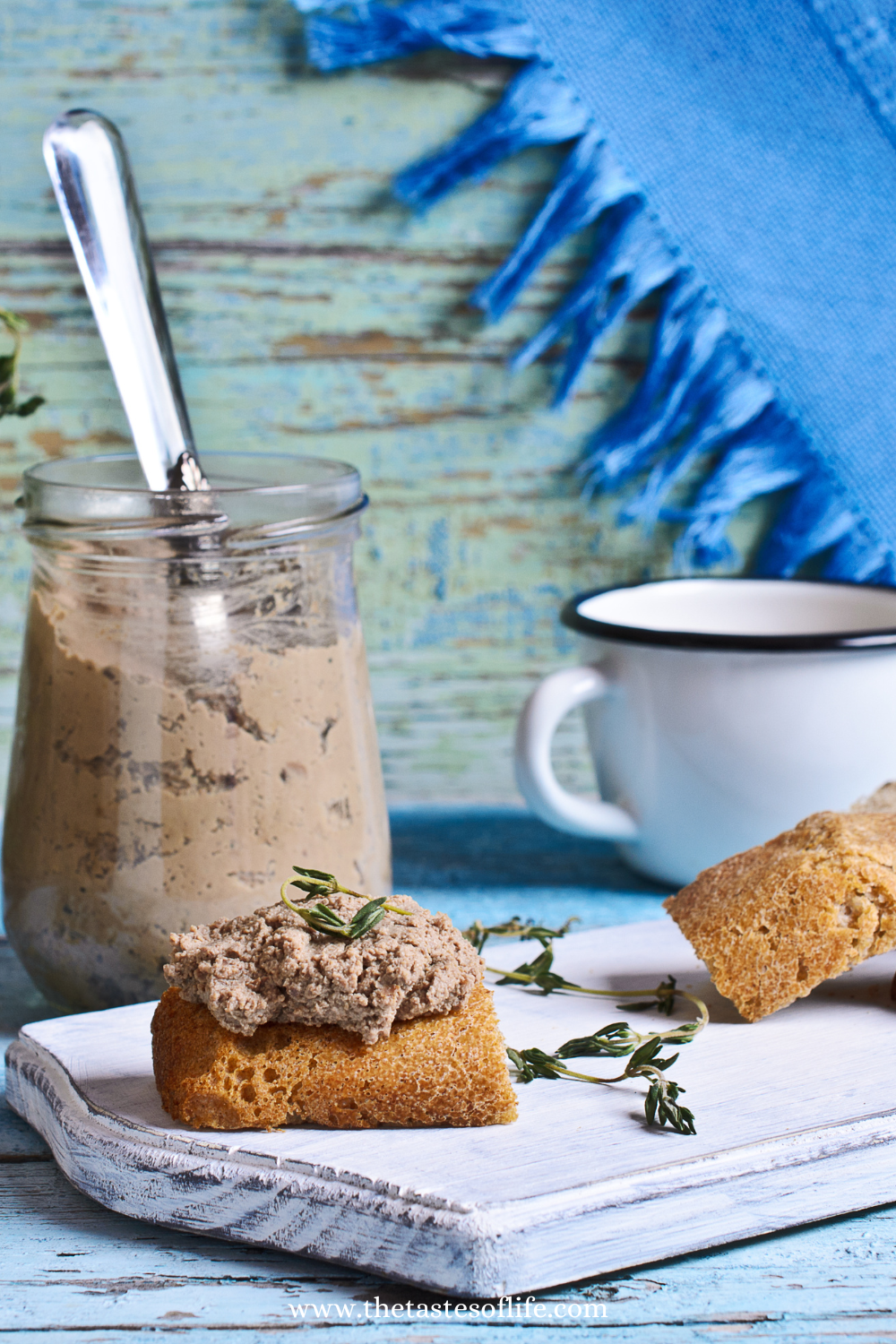How To Properly Organize Your Kitchen For Efficiency

Ways to Organize Your Kitchen
Do you want to make the most out of your kitchen? Being a good cook is more than just whipping the right ingredients together. It is about ensuring maximum efficiency, safety, and convenience in the kitchen.
Proper kitchen organization makes the place less cluttered and easy to navigate. Here is my advice on how and where to place or store ingredients, utensils, appliances and other kitchen stuff. Follow it carefully and you will effectively get rid of the disaster that happens at the end of each cooking session.
Learn how to effectively prepare, cook and clean the kitchen. Below are my top tips and tricks. I believe that cooking and cleaning the kitchen should be an easy enjoyable task for everyone – beginners and professional chefs alike.
1. Create four kitchen zones & organize them
What can you do with all your stuff in your tiny kitchen? Many people ask themselves this question. They erroneously believe that a larger kitchen would make their lives more efficient and less stressful. Why do you need a larger kitchen while you are only cooking for a handful of family members and a couple of occasional visitors?
A small kitchen is perhaps better than a larger one. You can reach whatever utensils you need quickly. That is if you organize it correctly. You can maneuver around a smaller kitchen faster than in a larger one. At the end of cooking and eating, you have little space to clean. In addition, you can multitask to get things done fast. Divide your kitchen into these 4 small manageable zones as follows.
A. Prep Zone
This is the corner in your kitchen where you prepare all your cooking ingredients. Let this area be next to the countertop where you have lots of space. Place all the ingredients and tools of preparation here. Examples of these items are your chopping board, prep bowls, kitchen towels, sharp knives, oils, vinegar, pepper, and salt.
B. Cook Zone
This is where all the magic of cooking takes place.
Ensure that all supplies and cooking pots are within your arm’s reach when standing at the center circle of the cooking zone. The cooking zone should have your stove. In addition, let there be surfaces such as drawers where you will place wooden spoons and tongs. A utensils holder comes in handy here.
C. Clean-Up Zone
This is obviously the area surrounding your sink. It is the zone where you will wash, wipe and otherwise clean ingredients and cooking utensils.
If your kitchen is small, let the cleaning zone be adjacent to your cooking zone. One good practice is to clean tools and surfaces as you go. This way, you will not have a mountain of dishes to clean at the end of each cooking session.
D. Put Away Zone
If you guessed that the put-away zone should be near the refrigerator and freezer, then you were right. Here, keep items that you will use for storing, keeping and measuring foods for refrigeration. Examples are foil papers, cling films, and markers to label what you are storing away in the refrigerator.
2. Develop a Cooking Strategy from the Recipe
Strategies do not have to be deployed in chess games and business meetings. They also come in handy in the kitchen. Learn how to strategize your cooking so that there is enough time at the end of cooking and no extra dishes to clean.
Before you start cooking, read through your recipe to understand the durations, ingredients, amounts, measurements and other quantifiable phenomena. Organize them as follows.
- Ingredients – Study your recipe carefully to know exactly the ingredients, herbs, foods, additives and everything else that should go into your cooking. Remove all these ingredients from the refrigerator, cupboard or pantry and set them in the prep zone. You don’t want to open and close your refrigerator a hundred times retrieving stuff. Organizing these saves loads of time.
- Tools – Place all your pans, cooking pots, stirring spoons, spatula, cups, and utensils involves in the actual cooking. Where do you place these? You guessed right, in the cooking zone. Simply said, you want to reach every item within a second when you need it.
- Preparation bowls – Take out your prep bowls and have them ready to hold your chopped ingredients straight from the chopping board. If ingredients cook at the same time, add them into the same prep bowl once you have chopped or otherwise prepared them. This creates a highly functional preparation zone.
- Streamline your cooking – Place each chopped or prepped ingredient into its right prep bowl to declutter the chopping board. You don’t want your meat sitting in one corner while the onions and garlic sit in another. Streamline your operations so that items move seamlessly from the preparation zone to the cooking zone.
3. Clean as you go
Putting away all your dirty dishes, tools and boards for cleaning at the end of the cooking may seem easier. However, it can be disheartening when you have acres of dirty dishes. Your small kitchen will look cluttered, messy and will actually be a safety hazard. Some people dislike cleaning so much that they would rather not cook. Luckily for you, I have prepared a cleaning strategy for you as follows.
- Clean before cooking
Just before touching the ingredients that are well set before you, place a trash can, compost container or paper bag at the floor of your preparation zone. This enables you to discard the peel, chopped ends of ingredients, wraps and other trash directly. This makes your life so easier because you won’t have to move to and fro the main standing can. If it has a lid, opening and closing it multiple times may cause you to go crazy.
- Cleaning during cooking
You almost always have to wait a couple of minutes for a dish to boil, sear or for your pot to cook. Instead of just standing there, spend this time washing a few, if not all of the preparation bowls, chopping boards, and tools. Ensure that dishes with ingredients that will get crusty on their surfaces are soaked in warm soapy water in the sink.
- Clean after cooking
As the food sits in the pot waiting to be served, spend these couple of minutes cleaning your cooking and preparation tools, utensils, and containers. Let other family members and friends help you out. It is easy to clean dishes and tools that have been soaking in warm soapy water. Train your young children to clean messy surfaces and they will thank you later.
- Clean even when not cooking
Your kitchen floor and walls will get dirty when and as you work in the kitchen. The same is true for the refrigerator, food processor and other electrical appliances. Make it a habit to keep a solution of water and distilled vinegar in a spray bottle. Clean these surfaces even when nothing is cooking. For more, review my infographic and read my kitchen maintenance guide below.
Conclusion
After reading my kitchen organization, you must have learned a few tips and tricks. Now it is time to experiment, practice and implement your newly acquired wisdom. Let me know how much time you save when cooking and just how easy your life has become. Be sure to leave your comments below.
Do you want to know more? Book a session here: https://calendly.com/thrivinghormones-llc/15-minute-free-consultation
Please feel free to comment or ask any questions below. Share the blog on Instagram with the hashtag #thetastesoflifeholisticblog .
Yum





